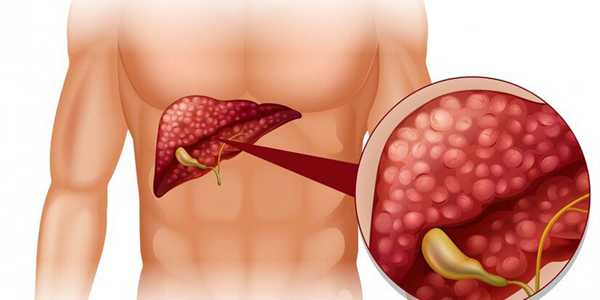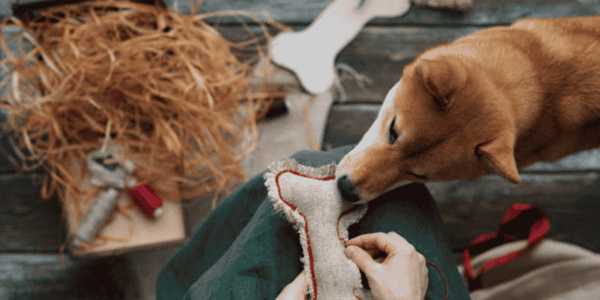Pets
How To Help Your Dog Lose Weight (Vet-Approved Tips)
Let's keep it accurate: watching your dog deal with excess weight can be devastating. Perhaps you've noticed that its collar seems tighter, or it pants more on walks. I've been there, too. My dog Luna used to waddle rather than walk—then I realized I had to help her. But where do you start? I've discovered what works after speaking with veterinarians and testing numerous tactics. Here are the steps to help your dog lose weight safely and successfully.
Let's keep it accurate: watching your dog deal with excess weight can be devastating. Perhaps you've noticed that its collar seems tighter, or it pants more on walks. I've been there, too. My dog Luna used to waddle rather than walk—then I realized I had to help her. But where do you start? I've discovered what works after speaking with veterinarians and testing numerous tactics. Here are the steps to help your dog lose weight safely and successfully.
The Problem: The Importance Of Weight
Dogs are not designed to carry extra weight. Similar to humans, canine obesity can lead to diabetes, joint pain, and heart problems. It's something vets often liken to carrying a backpack full of rocks with you everywhere — not fun, huh? To tackle the problem, the first step is to stand up and face it. Take a feel of your dog's ribs: if you can't readily feel them, it's time to do something.
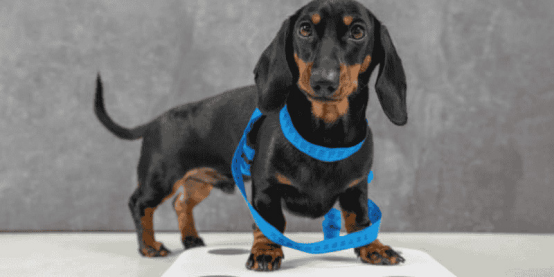
Step 1: Determine The Accurate Portion Size
Most dogs put on the pounds because they're overzealous with their eating. Then you start measuring their food out. By using a kitchen scale, rather than eyeballing, Vets recommend cutting calories by 10 per cent, but avoid anything drastic — suddenly removing food can render them sluggish or ill. Consult the bag's feeding guide, but remember that those suggestions tend to be very generous. Feed in two smaller portions rather than one more extensive feed throughout the day to keep their metabolism ticking.
Step 2: Transition To a Weight-Loss Diet
All dog food is not created equal. Seek high-protein, low-fat varieties marked "weight control" or "low-calorie." These fill dogs up while trimming the fat. Snack on veggies such as green beans, carrots, and cucumbers—they're low in calories and full of nutrients. Avoid fatty meats and dairy. If your dog sniffs and refuses, slowly mix veggies with their regular food.
Step 3: Get Moving (But At a Gentle Pace)
Strength and resistance training are essential—but don't overdo it. Start with five to 10 minutes and work up. Try for 30 minutes a day in two sessions. Play fetch or hide treats around the house for mental stimulation. Swimming is an excellent option if your dog has joint problems because it's easy on the body." Use a harness instead to avoid using a collar, which is terrible for the dog's neck and back.
Step 4: Rethink Treats
Treats are love, but they do add up. A biscuit may comprise 10 per cent of a small dog's daily calories. Replace store-bought snacks with apple slices, blueberries or plain popcorn. Reserving calorie rewards for training and offering praise or belly rubs instead. If you cannot resist those puppy eyes, reserve some of their standard food as treats.
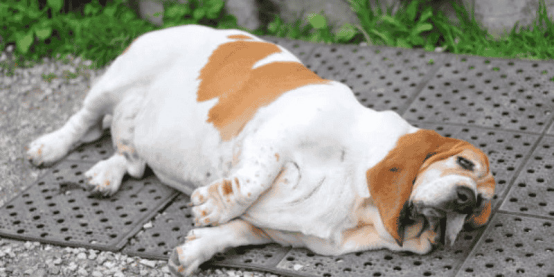
Step 5: Track Progress
Weigh your dog weekly. Use a home scale: weigh yourself, then weigh yourself holding the dog and subtract the difference. Monitor their waistline and energy levels. If you're seeing them lose 1-2% of their weight per month, you're doing great. If so, adjust food or exercise. Be patient with yourself—small victories should be celebrated, as a happier pup is our goal, not speed.
Step 6: Explore Supplements (With Caution)
Certain supplements help promote joint health while losing weight, such as omega-3 fatty acids. Green tea extract may improve metabolism but always ask your vet first. If your dog's diet is limited, multivitamins can fill in the gaps. Do not give human nutrients — some can be poisonous to dogs.
Step 7: Avoid Common Mistakes
Free-feeding: Putting food out for all-day access promotes overeating. Stick to scheduled meals.
Overlooking hidden calories: Dental chews, flavoured meds and even rawhides add calories.
Giving up too early: Losing weight is a long process. Stay patient and consistent.
Step 8: Get The Family Involved
Follow the plan — make everyone in the house a participant. Children can sneak treats, so explain why it's essential. Prevent unhealthy food from lying around. If your dog does beg, distract them with a toy or a short training session.
Step 9: Provide Mental Stimulation
Boredom leads to begging. Switch out toys, use puzzle feeders , or learn new tricks. Mental exercise is as tiring for dogs as physical activity. As such, a tired dog is less likely to search for snacks.
Step 10: Periodic Exercise Vets
There's no one-size-fits-all plan for weight loss. Regular vet visits every 4-6 weeks will help alter the plan. They may suggest blood tests to rule out thyroid problems or other health conditions.
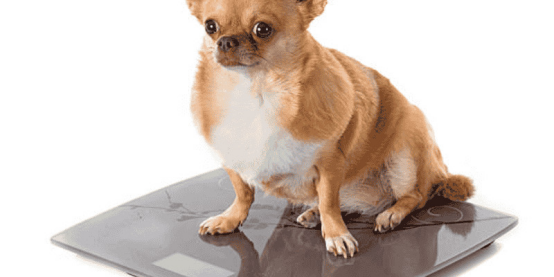
Maintain Focus, Celebrate The Success
When your dog has reached its goal, reward it with a new toy or a vigorous hike. But don't go back to old patterns. Stick to their diet and exercise regimen. Make treats healthy and portion-controlled. Remember that this is not an overnight solution—a lifestyle change for both of you.
Luna's journey showed me that tiny, gradual changes are game-changers. Your dog deserves a long, healthy life. With patience and love, you're going to get there together.
